Caramelized onions have a complex flavor profile with hints of sweet, tangy, savory, earthy notes and a melt-in-your-mouth texture.
Serve caramelized onions with mujadara, black bean burger, and stuffed peppers.
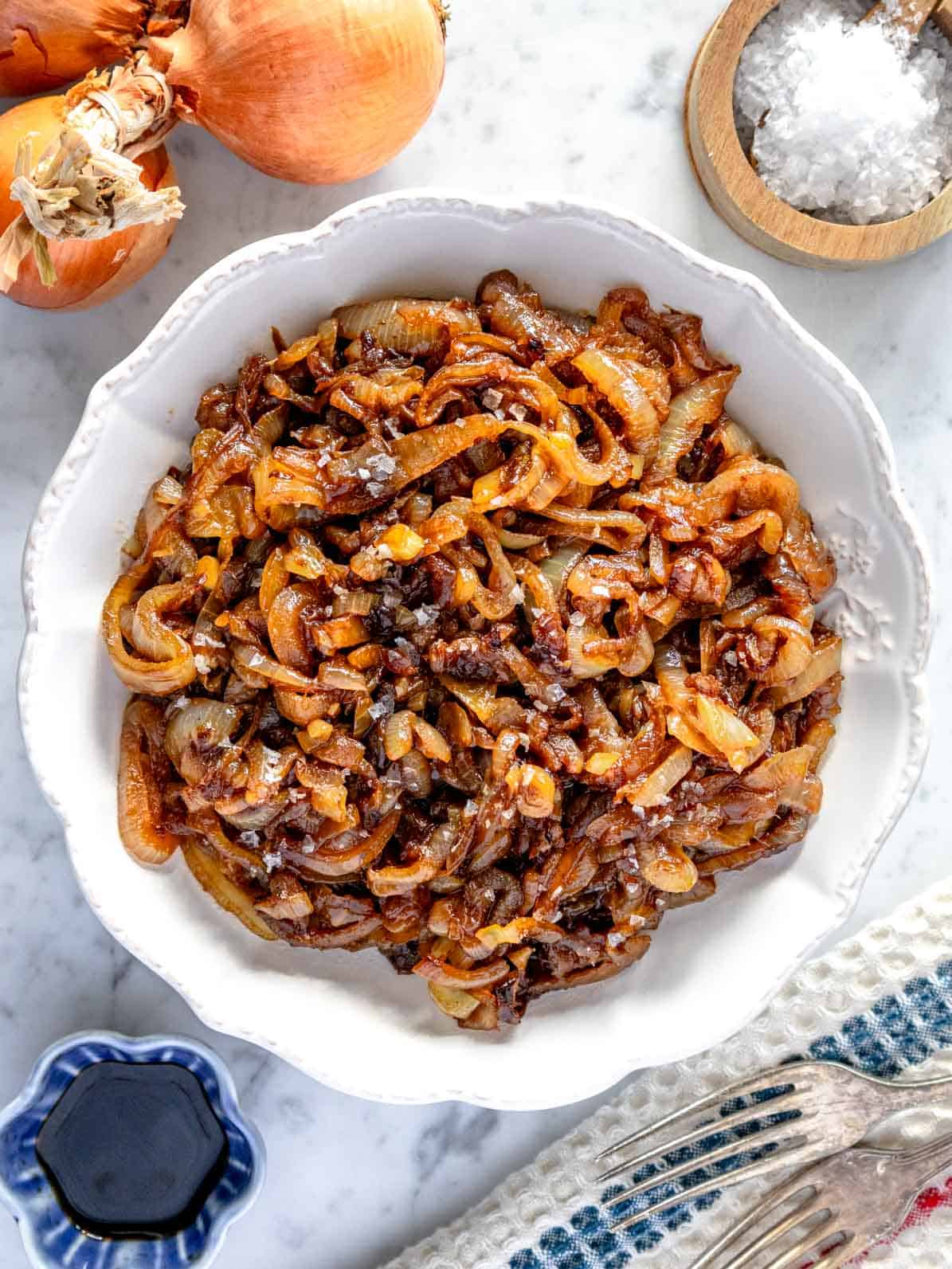
What are caramelized onions?
Onions are the most important vegetable in a kitchen. They are flavor chameleons and adapt to your needs.
From tart, crispy, quick pickled red onions to citrusy and aromatic sumac onions.
To the crucial role that onions play in flavor bases like soffritto, where they add sweetness and complexity.

Here, however, we are showing you how to make caramelized onions.
Sliced onions are cooked slowly over medium to low heat until their natural sugars caramelize.
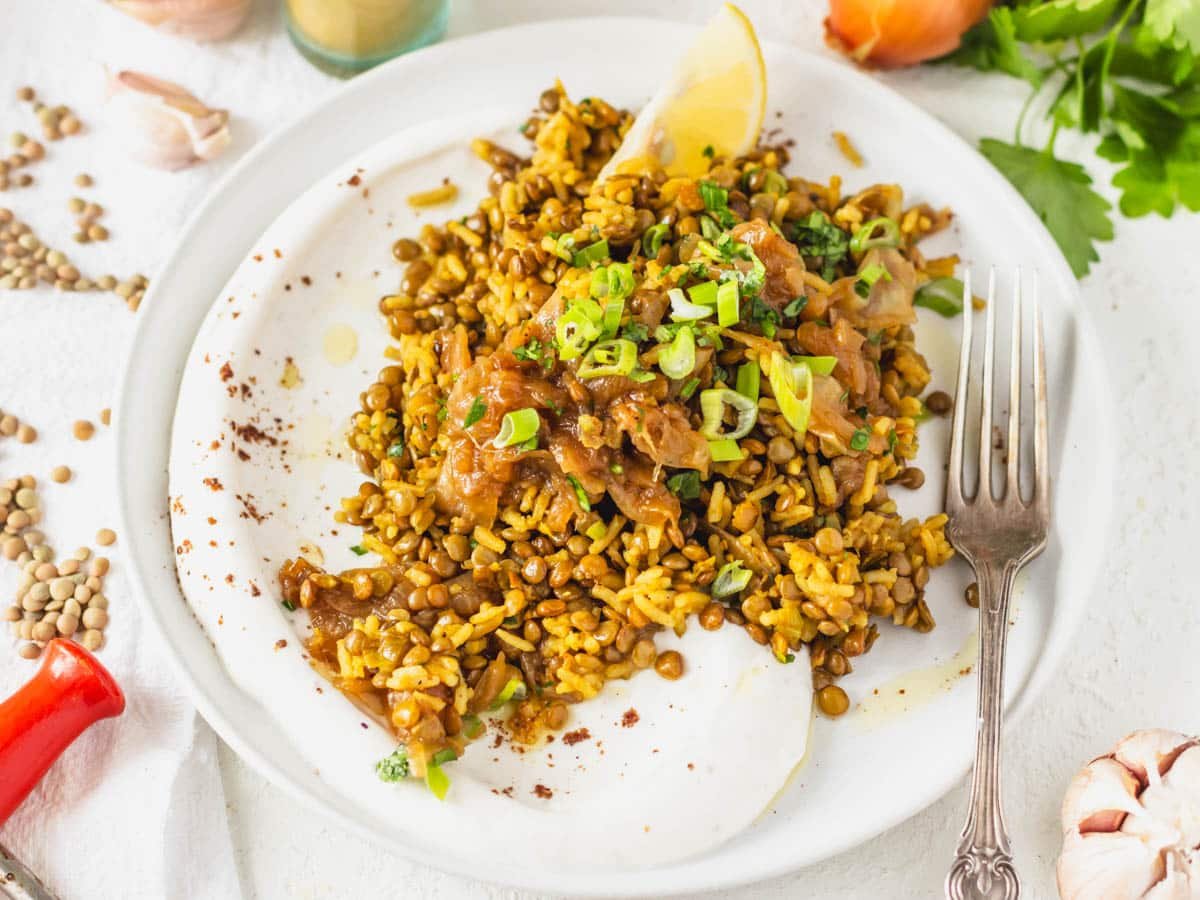
The onions develop a golden-brown color, a soft texture, and a bold, sweet, and savory flavor.
Try them in a black bean burger, pizza, hummus, zucchini fritters, or stuffed bell peppers. They make any dish better!
How to make caramelized onions
Quantities are in the recipe box at the bottom of the page.
1. Prepare the ingredients

You can use onions of any color (we use yellow onions), olive oil, sugar, apple cider vinegar or balsamic vinegar, salt, and water.
Peel the onions and cut them into ⅕ inch or ½ cm slices.

2. Sautè onions
Heat the olive oil in a large skillet with a heavy bottom.
Cast iron skillets are ideal, but non-stick and stainless steel skillets also work well.
Add the sliced onions, sugar, and salt and sauté on medium-high heat for 5 minutes until they start to soften and become translucent.

3. Cook slowly
Add the water and simmer on medium-low heat for about 20 to 30 minutes. Stir occasionally.
After about 30 minutes, your onions should be soft and golden brown, and the pan should be dry and hot.

Tip: If you double our recipe or increase the onions, you’ll need more than 30 minutes. As the pan gets crowded, the caramelization process slows down.
Also, we noticed that the process goes fast on cast iron, while it takes longer for the onions to caramelize on non-stick pans.
4. Add vinegar
Turn the heat to high and add vinegar to the hot pan.
Stir the onions for a couple of minutes to mix them with the vinegar.
When the vinegar has been absorbed completely, turn the heat off, taste the onions, and adjust for salt if necessary.

Tip: The vinegar deglazes the pan, adds acidity, and boosts the tangy and savory flavors of the caramelized onions.
If the onions stick to the pan, that’s fine. Keep stirring with a wooden spoon and scrape all browned bits from the pan, but make sure the onions burn.
Serving Suggestions
You can use caramelized onions as your not-so-secret ingredient to boost the flavor of many dishes, from appetizers to mains and side dishes.
APPETIZER: Try them with focaccia bread & confit tomatoes, hummus & pita bread, on flatbread pizza, Neapolitan pizza, bruschetta, crostini with olive tapenade, farinata, or any of our appetizer recipes.

MAIN DISH: We love them on zucchini fritters, chickpea fritters, and stuffed veggies like butternut squash, zucchini, tomatoes, and bell peppers.
They are delicious on Mujadara and Moroccan couscous, in a black bean burger, or a focaccia sandwich.
They are also the perfect base for making French onion soup or filling in quiches.

Substitutions for caramelized onions
Onions
You can caramelize any onion: white, yellow, red, shallot, sweet, or Vidalia onions.
We usually caramelize yellow and red onions.
Olive Oil
We use extra virgin olive oil because research shows it is the best oil for cooking.
This is thanks to the high amount of polyphenols that keep it stable at high temperatures.
Polyphenols protect the oil and give it excellent oxidative stability, which means it won’t become toxic when exposed to heat for a long time.
Substitute avocado oil, regular olive oil, or another vegetable oil for extra virgin olive oil.
Some use butter to caramelize onions, but we prefer to stick to oil and keep the recipe heart-healthy.
Sugar
You can use white or brown sugar to help the onions caramelize.
You can caramelize onions without sugar. They will take longer and will be less sweet.
Vinegar
This is our secret ingredient to make the best caramelized onions.
Vinegar adds a touch of acidity to balance out the sweetness of the onions.
We recommend balsamic vinegar because of its complex flavor profile.
Substitute apple cider vinegar or white wine vinegar.
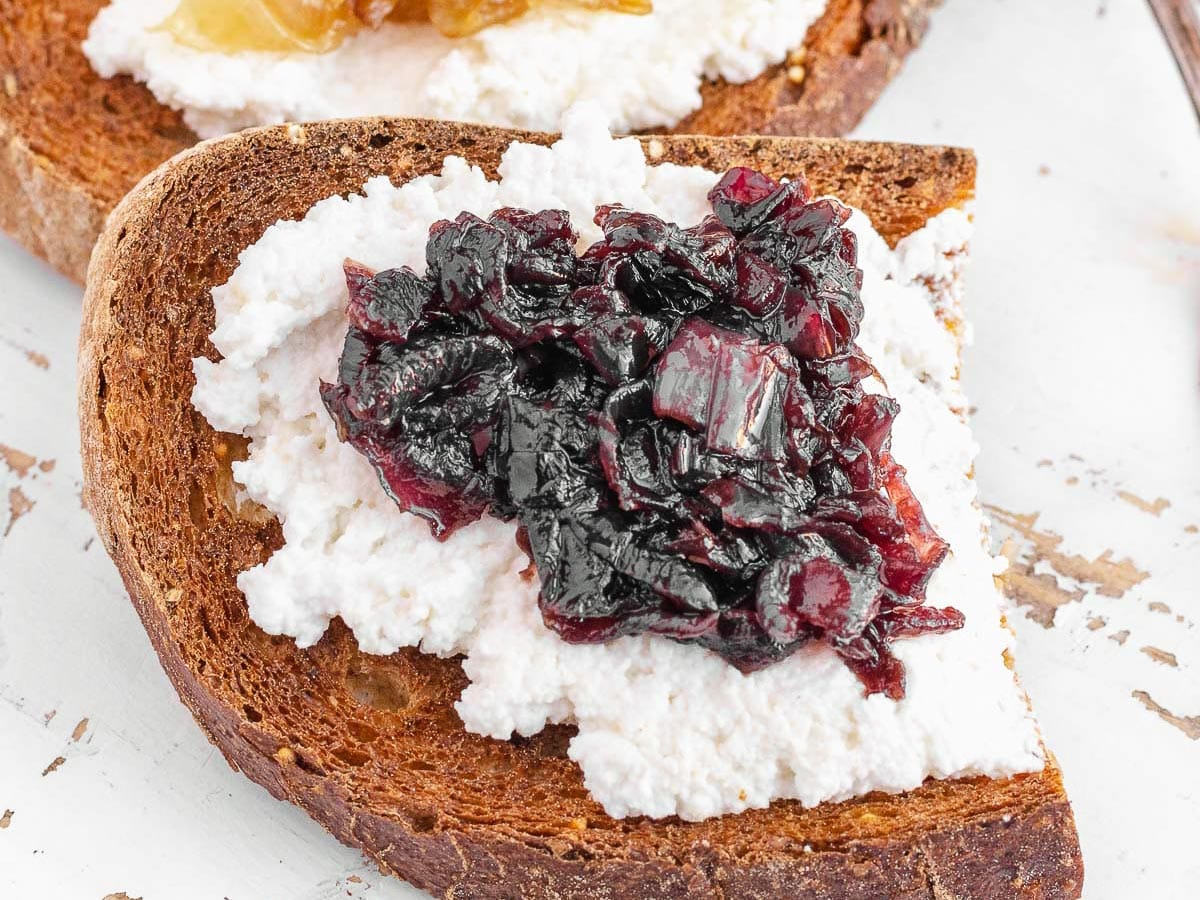
Storage
Make ahead: Caramelized onions are excellent for meal prep as they keep for days in the fridge.
Refrigerator: Keep them in an airtight container in the fridge for up to 1 week.
Freezer: Let the onions cool down completely, transfer them to a freezer-friendly container, and freeze them for up to 3 months.
You can also freeze them in ice cube trays. When they are solidly frozen, remove them from the tray and transfer them into a freezer-safe bag.
This trick lets you thaw the onions in small portions without defrosting the whole batch.
Thaw: Defrost them in the refrigerator for several hours. Serve at room temperature.
Similar Recipes
COOKING BASICS: how to cook chickpeas, lentils, red lentils, artichokes, asparagus, quinoa, black beans, white beans, and couscous.
FLAVOR BOOSTERS: chermoula, chimichurri, tahini sauce, tomato confit, pickled red onions, sumac onions, dukkah, vegan mayo, white sauce, salsa verde.

Caramelized Onions
Equipment
- Large skillet (11 to 12 inches or 28 – 30 cm) best if with heavy bottom. You can use cast iron, enameled cast iron, nonstick, or stainless steel.
Ingredients
- 4 large (about 1 pound) onions white, yellow, or red
- 1 tablespoon olive oil extra virgin
- 1 tablespoon sugar
- 1 teaspoon salt
- 1½ cups water
- 1 tablespoon vinegar balsamic or apple cider
Instructions
- Peel 4 large (about 1 pound) onions and cut them into ⅕ inch or ½ cm slices.
- Heat 1 tablespoon olive oil in a large skillet with a heavy bottom.Add the sliced onions, 1 tablespoon sugar, and 1 teaspoon saltSauté on medium-high heat for 5 minutes until they start to soften and become translucent.
- Add 1½ cups water and simmer on medium-low heat for about 20 to 30 minutes. Stir occasionally.By the end, the onion should be soft and golden brown and absorb all water.
- Turn the heat to high and add 1 tablespoon vinegar to the hot pan.Stir the onions for a couple of minutes to mix them with the vinegar.When the vinegar has been absorbed completely, turn the heat off, taste, and adjust for salt.
Video
Notes
Nutrition
You might also like:
Collections
30 Vegetarian Appetizers
Collections
40 Meatless Dinner Ideas
Collections
30 Easy Italian Recipes

Hi! We are Nico & Louise
We’re here to share delicious, easy, and healthy plant-based recipes (vegetarian & vegan) 🌿✨.
Welcome to our blog, we are glad you are here.

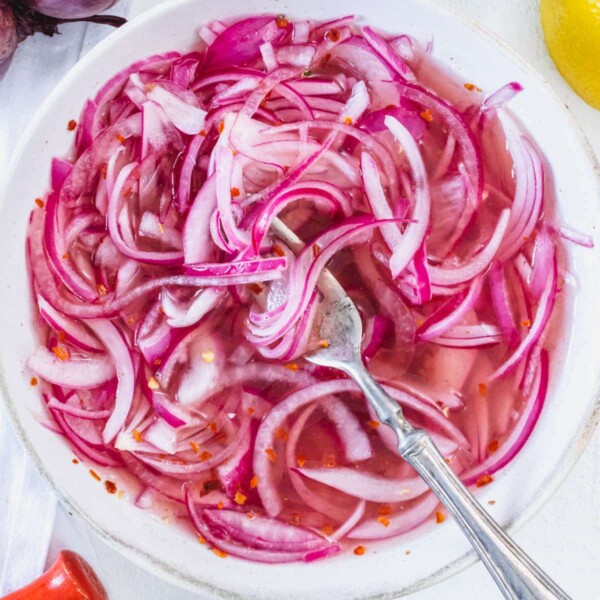
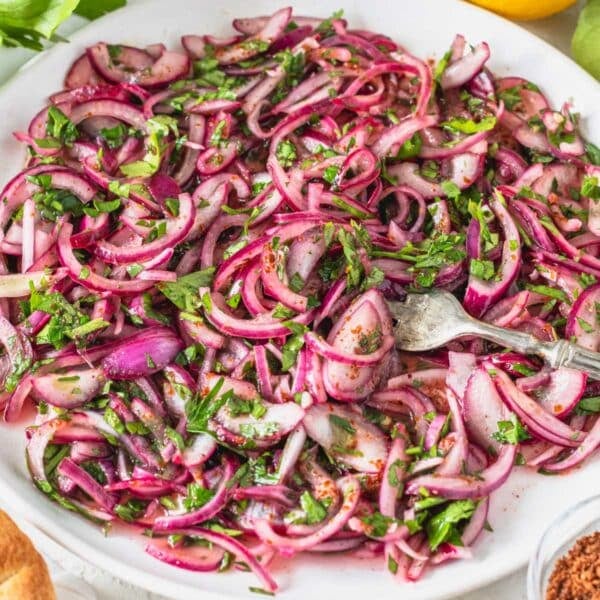
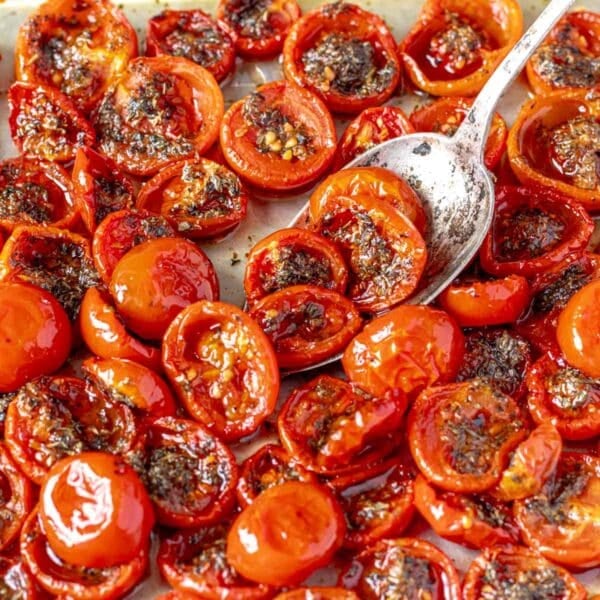
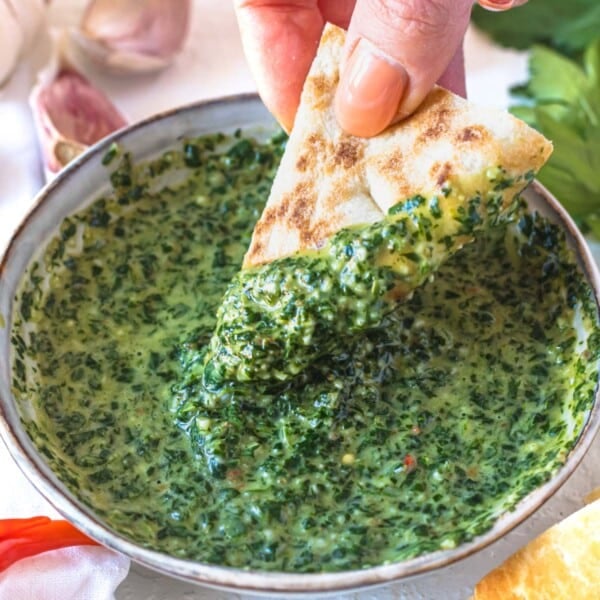




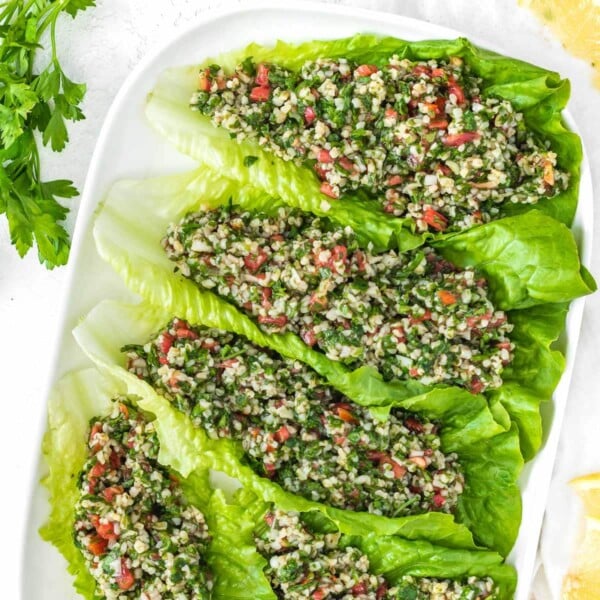

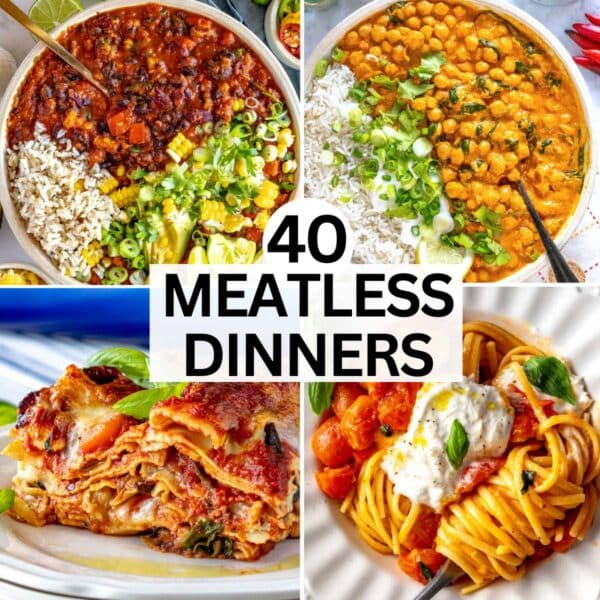
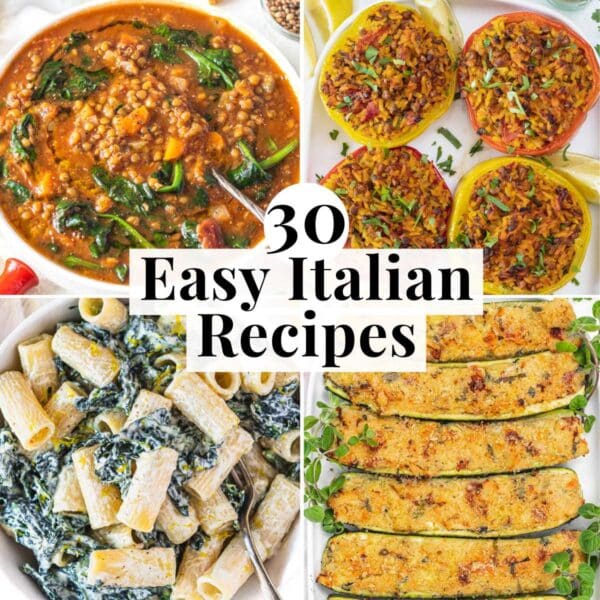
I tried this very nice and simple recipe, using red onions together with the tomatoes confit. Delicious. I used them both as a side dish to a hot mean. The onions are easy to cook and you can leave them to simmer by themselves. Thanks Nico for another lovely recipe.
Thank you, Linda, for making our recipes! Comments like these make my day 🙂 Cheers, Nico